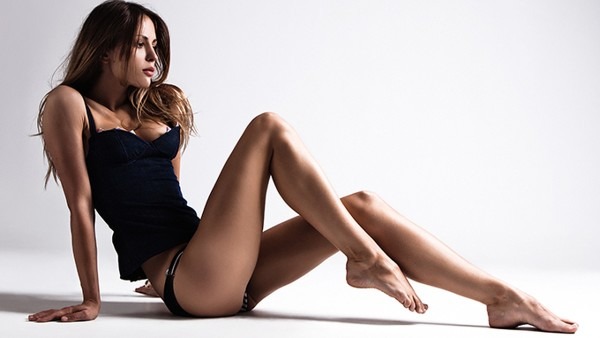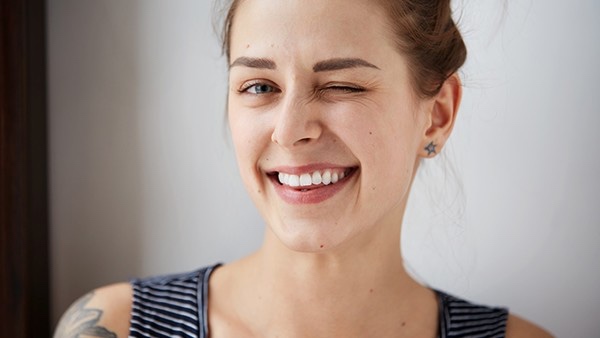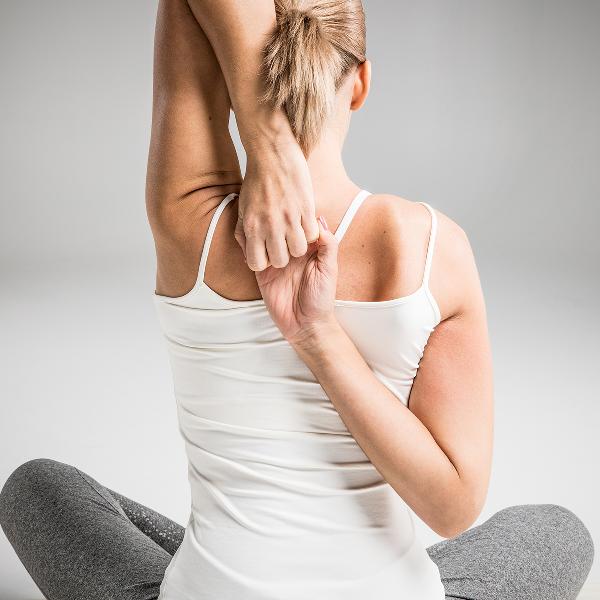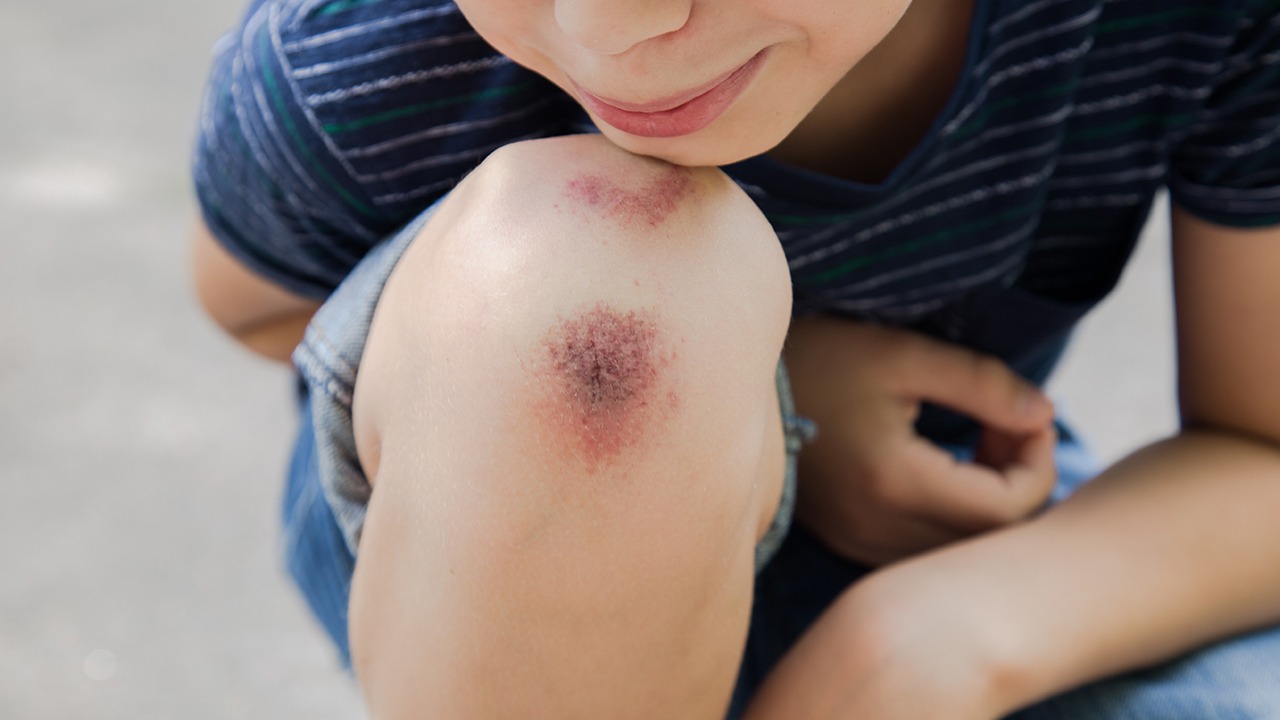The circular marks seen on the backs of athletes at the Paris Olympics have once again captured the attention of viewers. What are these mysterious imprints? Many recognize them as the "mystical Eastern practice" of cupping, a traditional Chinese therapy. However, questions arise: Why do athletes use cupping, and what benefits does it offer? That while cupping has its advantages, it is not suitable for everyone.
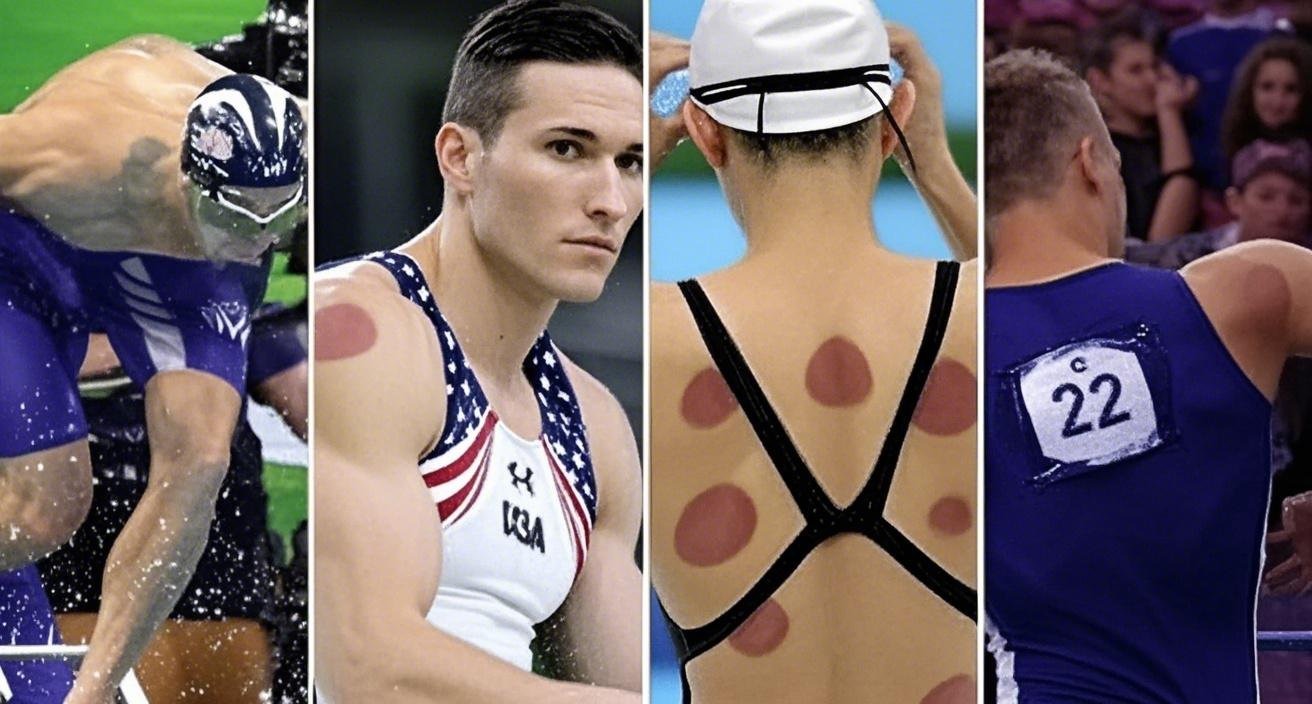
What is Cupping?
Cupping is an ancient Chinese external therapy rooted in the principles of traditional Chinese medicine. It involves using various types of cups or jars to create a vacuum on the skin's surface. This suction draws the skin and underlying tissues into the cup, causing localized congestion and bruising. The process is believed to stimulate blood flow, relieve pain, and promote healing.
How Does Cupping Work?
Cupping is typically applied to areas with ample muscle tissue, where it creates a mild tightening or slight discomfort. The procedure is generally painless, non-invasive, and easy to perform, making it a safe and effective treatment option.
Benefits and Applications of Cupping
Cupping is known for its ability to alleviate pain, reduce swelling, dispel cold, and clear dampness from the body. It is particularly effective in treating various pain-related conditions, such as cervical spondylosis, stiff neck, lumbar muscle strain, lumbar disc herniation, and frozen shoulder. Athletes, who often experience muscle strain and fatigue from rigorous training, find cupping especially beneficial. Swimmers, in particular, are prone to dampness due to prolonged exposure to water, making cupping a popular choice among them.
Beyond sports injuries, cupping can also address internal medical conditions like colds, coughs, indigestion, insomnia, and chronic fatigue. It is also used to treat skin disorders such as eczema, hives, and shingles.
Cupping in Humid Climates
In regions like southern China, where the climate is hot and humid, people often experience symptoms like body heaviness, fatigue, and muscle soreness, especially during the "dog days" of summer. Cupping can help by promoting the flow of qi (energy) and blood, relieving fatigue, and improving overall well-being.
Who Should Avoid Cupping?
While cupping offers numerous benefits, it is not suitable for everyone. Individuals with blood clotting disorders, recent strokes or heart attacks, or skin lesions and ulcers should avoid cupping.
Other Traditional Therapies for Summer
During the hot and humid summer months, other traditional Chinese therapies can also help alleviate discomfort and promote health.
1. Moxibustion
Moxibustion involves burning dried mugwort (Artemisia vulgaris) near specific acupuncture points to stimulate circulation and enhance the body's natural healing processes. It is particularly effective for warming the meridians, dispelling cold, and boosting immunity.
Common Moxibustion Points for Summer Health:
Tianshu (ST25)
Qihai (CV6)
Mingmen (GV4)
Zusanli (ST36)
Yongquan (KI1)
How to Use Moxibustion:
Perform moxibustion 1-2 times per week, selecting 2-4 points each session. Apply for 5-10 minutes per point using moxa sticks or moxa boxes. This therapy is ideal for individuals experiencing fatigue, cold extremities, or loose stools. However, those with symptoms like dry mouth, fever, or irritability should avoid moxibustion.
2. Herbal Foot Soaks
Herbal foot soaks involve soaking the feet in a warm herbal solution to promote relaxation, improve circulation, and dispel dampness. This therapy combines the benefits of herbal medicine with the soothing effects of warm water.
Common Herbal Foot Soak Recipes for Summer:
Dampness-Dispelling Formula: Includes ingredients like cardamom, patchouli, mugwort, and coix seed.
How to Use Herbal Foot Soaks:
Soak your feet 1-2 times per week for 20-30 minutes in water at 38-40°C (100-104°F). Ensure the water covers the ankles and reaches up to 10 cm above the feet. The goal is to induce mild sweating, which helps expel toxins and dampness from the body. This therapy is suitable for those experiencing cold intolerance, fatigue, sticky stools, or phlegm. However, individuals with dry mouth, fever, or irritability should avoid herbal foot soaks.
Cupping and other traditional Chinese therapies offer a natural and effective way to manage pain, improve health, and enhance well-being, especially during the challenging summer months. However, it is essential to consult with a qualified practitioner to ensure these therapies are appropriate for your specific needs and conditions.
